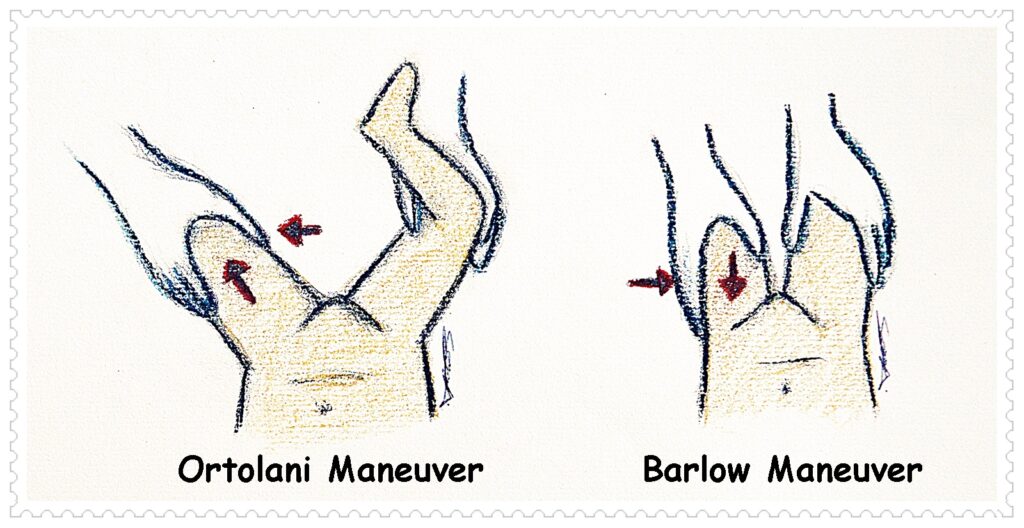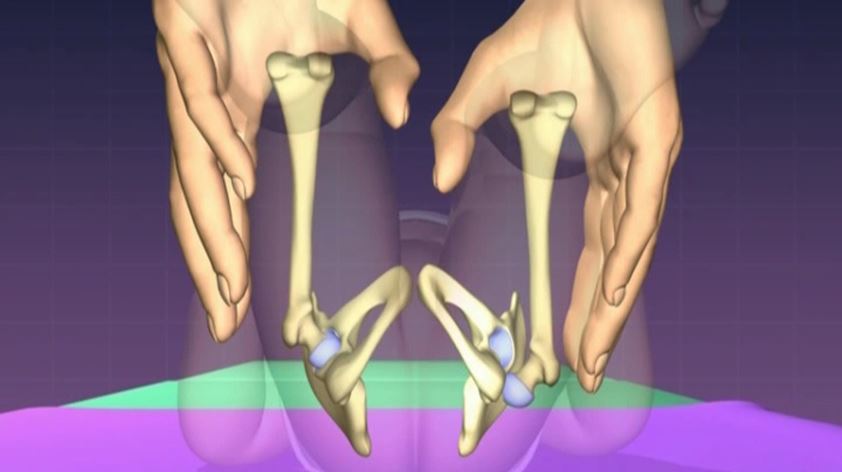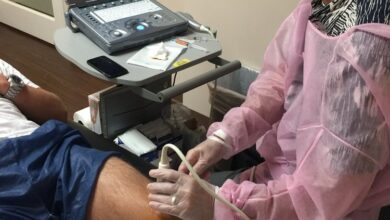Now that you’re reading this article, your young one probably has hip issues. This is not a fun situation to be in as a parent of an infant, but you’re better informed than living in the dark regarding this condition. Hip instability is nothing to joke about, and if your loved one is suffering from this condition, we’re genuinely sorry. The best way to assess the situation regarding a hip that’s unstable is via Barlow Test and Ortolani test. Both these tests are done on younglings as a part of general clinical screening. The goal is to determine if there are chances of hip dysplasia. Once at the doctor you’re better to know that each hip is to be examined on its own.

When the Barlow test is deemed as positive it is necessary to take your offspring to an orthopedist. This is a test if you’re taught properly, that you can do on your own. All it takes is to focus on the hip movement of your infant with gentle moves. The hip needs to be gently adducted while with your hand you’ll be looking for a dislocation of the hip head. It will be found at the rear end of the hip. One thing you need to pay attention to is considering that you’ll be performing this test on a young child that no excessive force is used. As we already mentioned every move needs to be done gently.
Both this test and the Ortolani ones are used for the same purpose, and it is to discover if something is not right with the hips. They share the approach which is based on a set of gentle maneuvers which through continuous touching of the zone where the hip might be dislocated determines if there’s something wrong. As we already said you should not, under any circumstance apply even the smallest traces of force.
The only usage of this test is to determine if there’s already a dislocation. With excessive force, you could cause dislocation if the issue isn’t approached with utmost care. When designing this test, Dr. Thomas Geoffrey Barlow had that in mind before anything else. So, the goal is not designed to make matters worse, but to detect the instability early on so that any future issues could be avoided.

To perform the test the right way you need to be facing the baby head-on while it is turned with its back to the bed, while you’re standing above it. With one of your hands, you’ll be stabilizing the pelvis, while the other one will be grasping the knee. The next move is to turn the hip to 90 degrees. Your thumb will be located on the inner side of the thigh, while your other fingers will be exploring the outer part of the thigh looking for the irregularities. While you’re increasing the pressure on the knee the angle needs to be reduced to 20 or 30 degrees. If the hip is unstable even with the slightest pressure the hip will pop out.
If you know how to do this test the right way its precision can go up to 99%.






